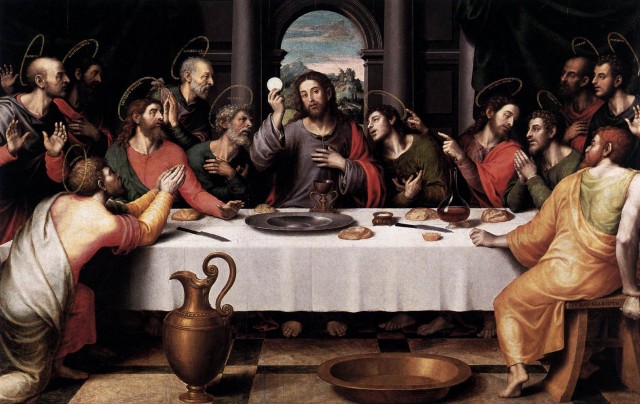New Testament Warm-ups


I am part of a Bible Study currently working through the Gospel of Matthew. The group has been meeting for over a year now and we’ve worked our way through several books of the New Testament.
When we come together, before we begin looking at the book in question, we have a bit of a question-and-answer session. The goal of these questions is to have a clear understanding as to the structure of the New Testament.
Over the months that we’ve been meeting, the number of questions have increased. I thought it would be encouraging for everyone to see how many questions concerning the New Testament they can now answer. It turns out that, not only can they recite the books of the New Testament in order, but that they can answer over fifty questions about it:
1. In what language was the New Testament written?
2. What is the likely exception to this?
3. Which books appear first in the New Testament?
4. Why are these books placed first in the canon?
5. Why do they appear in this order?
6. Which Gospels are attributed to Apostles?
7. With whom is Mark associated?
8. What is Mark’s other name?
9. With whom is Luke associated?
10. What is Luke’s profession?
11. What comes after the Gospels?
12. By whom is it written?
13. To what genre does it belong?
14. What is the first main message of the Acts of the Apostles?
15. What is the second main point of the Acts of the Apostles?
16. Between what years do the events described in Acts of the Apostles take place?
17. What appears after Acts?
18. Why are these epistles placed in this order?
19. What are the names of the cities/communities?
20. From where did Paul write the epistle to the Philippians?
21. What city was he probably in at the time?
22. Why did Paul write that letter?
23. Who probably delivered this letter for Paul?
24. What are the main themes of that letter?
25. What Christian hymn does Paul quote in the letter in Chapter 2?
26. What is the main theme behind the letters to the Thessalonians?
27. What claim-to-fame do the Thessalonian letter have?
28. What appears after Thessalonians?
29. Who was Timothy?
30. What background information do you know about Timothy?
31. Who was Titus?
32. Who was Philemon?
33. Where did Philemon most likely live?
34. What is the context of the letter?
35. What was the name of Philemon’s slave?
36. What is the meaning of the slave’s name?
37. What does Paul ask of Philemon?
38. What appears after Philemon?
39. Why does Hebrews appear here?
40. What literary genre is Hebrews?
41. What is the main theme of the book?
42. What did St. Thomas Aquinas think about the authorship of this epistle?
43. What appears after Hebrews? What category of books do we call these?
44. Who most likely wrote James’ epistle?
45. How would you summarize James’ epistle?
46. What documents appear next?
47. What documents appear after that?
48. After that?
49. What is the final book of the Bible?
50. What is its literary genre?
51. What are the two main senses of Scripture according to the Catechism?
52. What are the three types of spiritual senses?
I wasn’t taught this stuff in school. In fact, I remember that when I was teaching Confirmation it came as a surprise to many of the students that there was an Old Testament and a New Testament. Why isn’t this stuff taught in Catholic schools?!
UPDATE: The answers have now been posted:
Answers 1-16 | Answers 17-27 | Answers 27-42 | Answers 43-52
The article New Testament Warm-Ups first appeared on RestlessPilgrim.net







